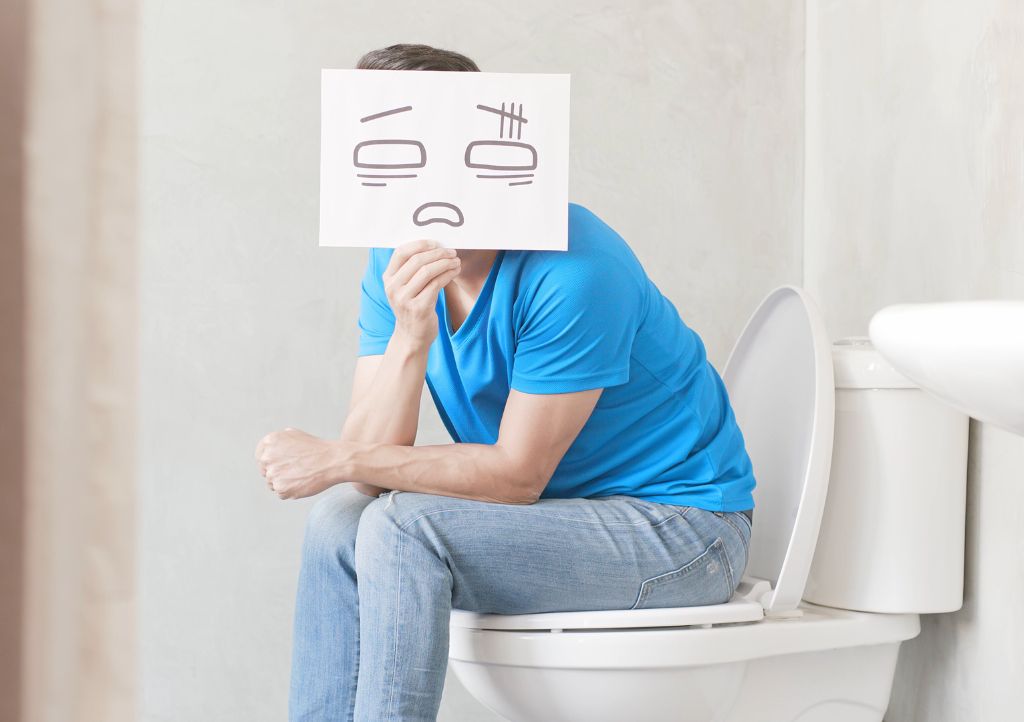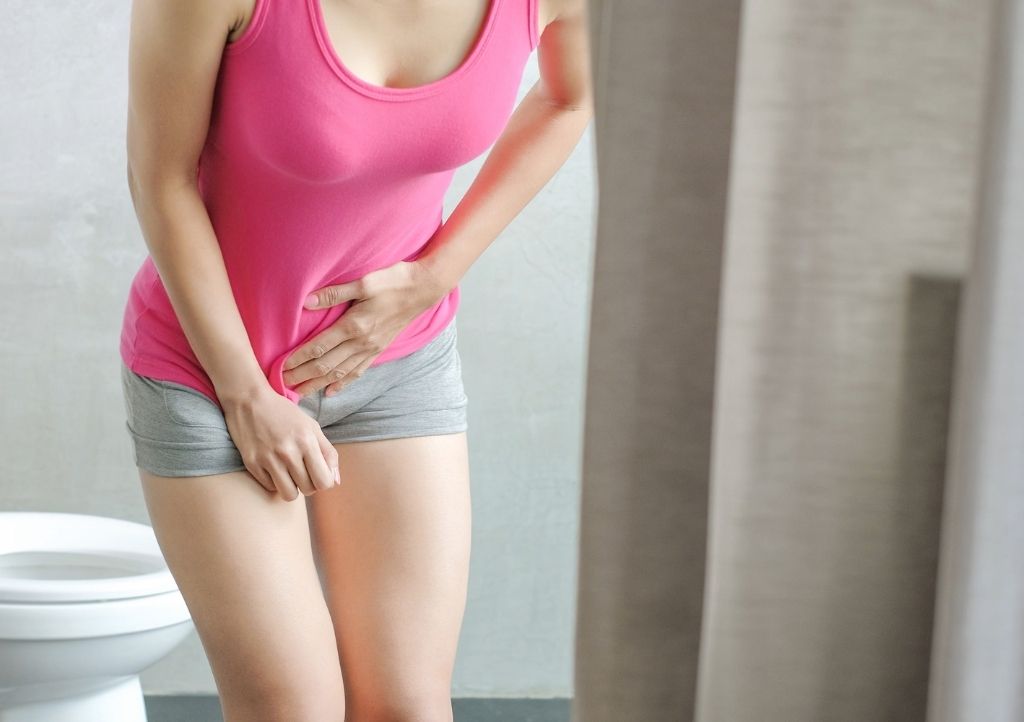Taking Control of Overactive Bladder
Are you at risk of an overactive bladder?
There are a number of risk factors or common causes of OAB, including older age, back issues, neurological conditions, bladder tumors, and certain medications such as diuretics, sedatives, and antidepressants.
Signs of an overactive bladder
Some people will also experience incontinence, or some urine leaking out along with the urgent need to urinate. Pain is not a symptom of OAB, however. If you’re experiencing bladder pain, contact your doctor immediately, as you may have an infection.

Lifestyle changes to help with overactive bladder
Adjust your diet
There are “bladder irritating” foods, including coffee, tea, alcohol, soda, other fizzy drinks, citrus fruit, and spicy foods. If a diet change is a remedy you want to implement, you may try an elimination diet. You could eliminate all “bladder irritating” foods from your diet and add them back in one by one, monitoring which food makes your symptoms worse.
Double voiding and delayed voiding
Double voiding and delayed voiding
After urinating, you wait a few seconds and then try again to empty your bladder. Or, you practice waiting before you go.
Keep a Diary
Tracking your bathroom trips and when you feel the urgency can provide both you and your doctor valuable data about your OAB. You may be able to identify a pattern.
Timed urination and bladder retraining
Your doctor can recommend new urination habits to decrease urgency and help you hold more urine in your bladder. This could include following a regular schedule to urinate. Instead of urinating when you feel the urge, you will be asked to go to the bathroom at set times each day.
Medical treatment options
Medication is used to help the bladder from contracting at the wrong times. Common types of drugs prescribed are antimuscarinics and beta-3 agonists, which help stop your bladder from squeezing when it’s not full and increases the amount of urine your bladder can hold.
A physical therapist can help to strengthen your pelvic floor. You may do exercises like quick flicks or Kegels with them. Botox on the bladder can also be used to relax the muscles of the bladder wall to reduce urinary urgency and urge incontinence and help the bladder muscles from squeezing too much.
Surgery is only used in rare and serious cases. Bladder Reconstruction enlarges the bladder, and Urinary Diversion Surgery reroutes the flow of urine. There are risks to these surgeries, so they are only offered when no other option can help.
OAB can greatly interrupt your daily life, and treatment is available. If you think you have OAB, talk with us to get assessed and talk about your options.
